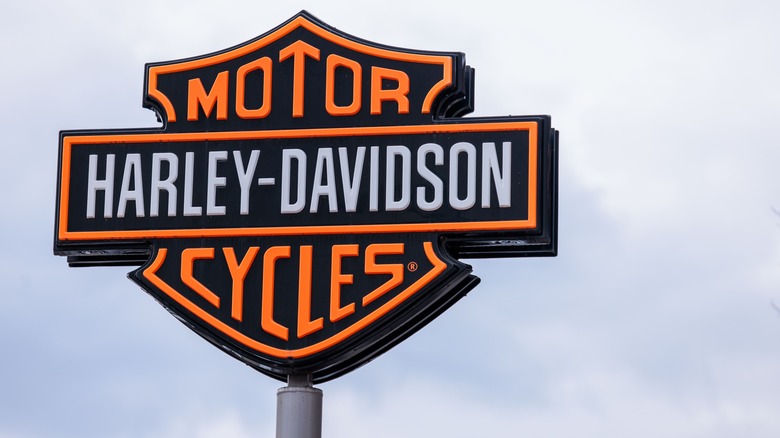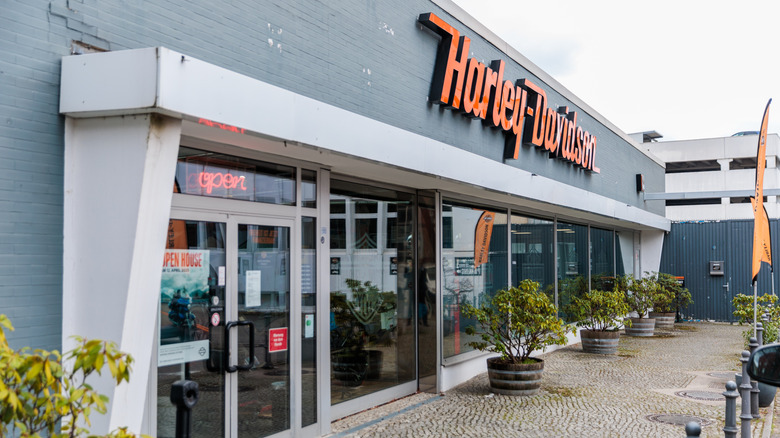Is Harley-Davidson In Financial Trouble? Here's What We Know
Harley-Davidson isn't just having a rough quarter, it's in the middle of a full-blown slump. Motorcycle revenue dropped 60% in Q4 2024. Unit sales were down 53% from the same time in 2023. For all of 2024, global shipments fell 17%, totaling around 148,862 bikes. That's roughly 11,600 fewer than the previous year.
North America, Harley's biggest market, saw sales drop 13% in Q4 alone. The first quarter of 2025 didn't improve things. Global motorcycle sales fell another 21%, including a 24% drop in the U.S. The company's 2025 guidance? Withdrawn. Management said it can't make predictions due to "uncertain macroeconomic conditions and tariffs." Meanwhile, competitors like Triumph, BMW, and Honda continue to grow.
Even Harley's electric sub-brand, LiveWire, despite having some really cool features, is struggling. It sold only 33 electric motorcycles in Q1 2025. Revenue was down 42% year-over-year. LiveWire's operating loss was $20 million that quarter; less than before, but still steep.
Harley-Davidson is not alone in facing industry headwinds. But the size of its drop, especially compared to rivals, makes clear that this isn't just a tough economy, it's a company in trouble.
Internal turmoil, boardroom fights, and CEO trouble are making it worse
If Harley-Davidson's sales figures weren't enough of a problem, things inside the company are just as chaotic. Jochen Zeitz, the company CEO, announced he would step down, but not fast enough for H Partners, Harley's second-largest investor. The firm owns 9% of shares and wants Zeitz gone immediately. It also launched a campaign to oust three long-time board members.
That campaign didn't come out of nowhere. Jared Dourdeville, the H Partners rep on Harley's board, resigned abruptly in April. In his letter, he accused the board of a lack of transparency, poor leadership, and "cultural depletion" across the company. That includes rising tension with dealers and fallout from scrapping DEI hiring quotas.
Internally, Harley's leadership has struggled to balance investor expectations with real-world performance. The "Hardwire" strategy (Zeitz's roadmap) emphasized premium models, limited production, and cost-cutting. But the result has been shrinking market share and rising frustration among Harley's traditional customer base.
Dealers aren't happy either. Many pushed back when Harley launched an online used bike marketplace that bypassed them. Others were frustrated when promised support didn't materialize during the downturn.
At the same time, Harley tried to spin small wins, like a 5% growth in Touring segment share, to offset news of a 47% Q4 revenue drop. But investors aren't buying it. The company's stock is down nearly 50% from its 2023 high.
High prices, tariffs, and a fading customer base are tightening the noose
Harley-Davidson faces a mix of external pressures that would challenge any brand, but combined with its internal issues, they're turning into existential threats. For one, tariffs are back. President Trump's proposed tariffs on China, Mexico, and Canada could hit Harley hard. While the company did move some of its production to Thailand, it doesn't build bikes in Mexico or Canada, but components are sourced globally. Tariff costs for 2025 could reach up to $175 million. In Europe, Harley already faces a brutal 56% tax on U.S.-made motorcycles. That's helped sink its EU market share from 5% to just 2%.
Second, interest rates are still high, and motorcycles are a luxury purchase. According to Harley's own data, more than half of current and potential customers are delaying purchases due to economic uncertainty. That's led to low sales, even after promotions and discounts, and forced Harley to cut shipments so dealers can clear backed-up inventory.
Then there's pricing. Harley raised prices while knowing that consumers were tightening their spending. It backfired. Even with finance offers, affordability is now a major barrier. Harley's big, high-end bikes are out of reach for a new generation of riders. Yet instead of expanding its lineup of smaller, cheaper models, it leaned harder into expensive Touring and Trike segments. They dominated the list of Harley-Davidson motorcycles announced for 2025.
That decision might have made sense on paper (higher margins, fewer units), but in practice, it's left Harley vulnerable. With fewer young riders entering the fold and old-school loyalists aging out, the brand's future hinges on adapting. Right now, that doesn't seem to be happening.


